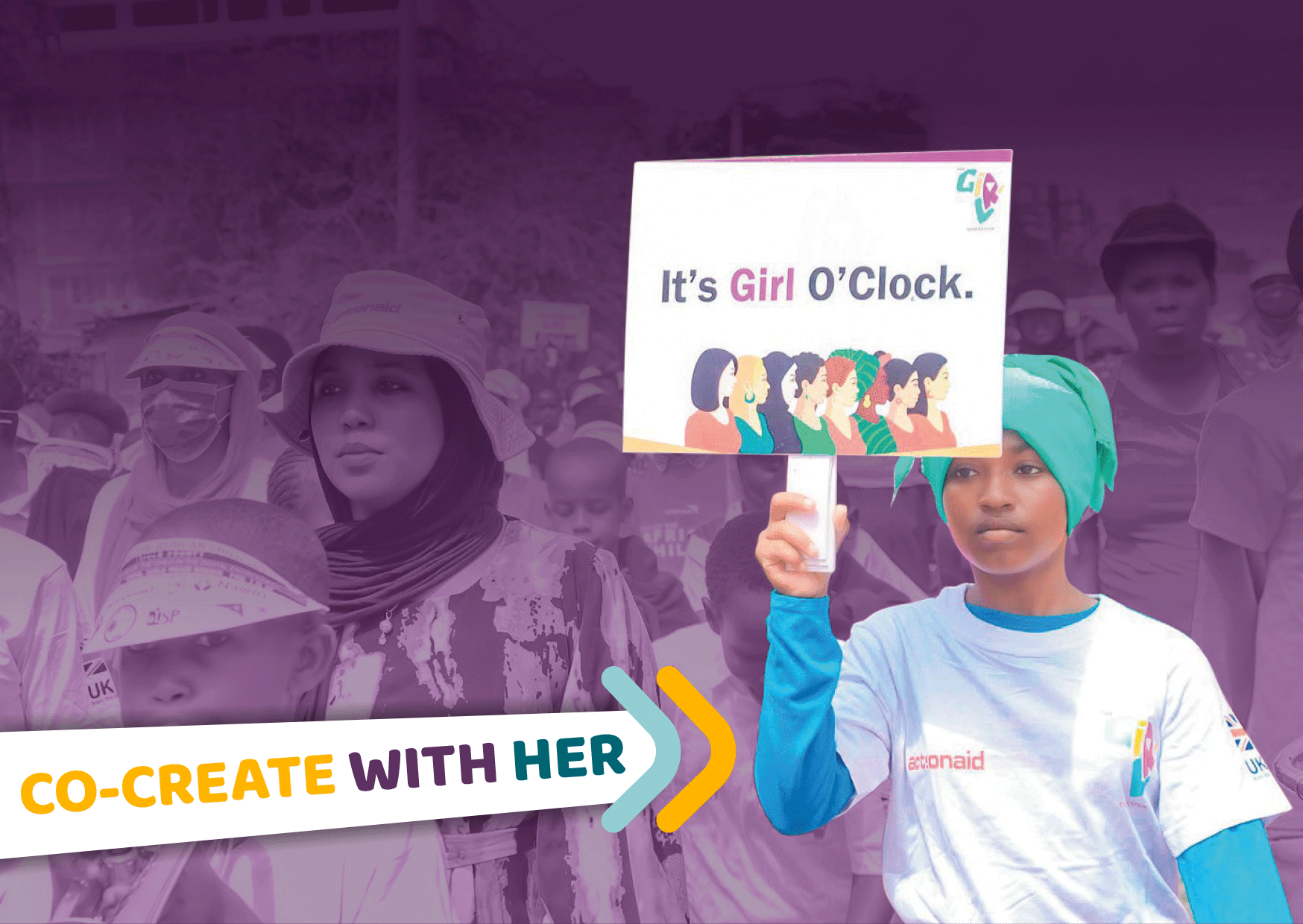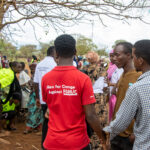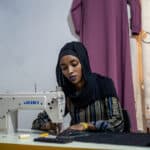As women rights advocates including survivors of GBV and anyone at risk of FGM/C, gather at the 2023 Women Deliver Conference in Rwanda in July, it is critical to understand the role of girls and young women in the end FGM/C movement.
Campaign efforts toward ending FGM/C continue to intensify amid a global pushback on the rights of women and girls. “Progress won over decades is vanishing before our eyes. Patriarchy is fighting back and women’s sexual and reproductive rights are being rolled back”, UN Secretary-General Antonio Guterres rightly pointed out at the 67th Commission on Status of Women(CSW67) in March 2023.
This is true, especially in communities that practice FGM/C. Female Genital Mutilation (FGM) involves the partial or total removal of the external female genitalia or other injuries to the female genital organs for non-medical reasons. It is typically carried out on young girls and can lead to severe health complications, including infections, infertility, and even death. Countries such as Kenya, Ethiopia, Somaliland, and Senegal continue to grapple with the challenges of FGM, where cultural, sociocultural, and religious factors contribute to its persistence.
Jacinta Muteshi, Team Leader of The Girl Generation (TGG), believes that “we must recognize that girls and young women have been the most silenced, harmed, and violated by FGM/C. The centrality of girls’ voices, participation, and in implementation at every stage of our programme is, therefore, important.”
What is Girl Centred Programming Approach?
A girl-centered programming approach means that girls are placed at the heart of programme design, implementation and evaluation. The approach focuses on addressing the specific needs, challenges, and aspirations of girls by meaningfully centering their voices, experiences, and insights in the programming cycle. It further aims to empower girls by providing them with the necessary resources, opportunities, and support systems to thrive and reach their full potential. Girl-centered programming recognises the importance of gender equality and aims to dismantle barriers that hinder girls’ progress in various aspects of their lives by addressing the root causes of gender inequalities and power imbalances.
WHY DOES A GIRL-CENTERED APPROACH MATTER?
It is important to note that:
- FGM/C primarily impacts girls. Girls also represent lived experiences and best understand the challenges and the solutions that would benefit them. Therefore, their voice and participation at every stage in the programme cycle is critical.
- Girls are powerful, they are leaders, and they have ideas that have not been utilised. Putting girls at the center unleashes their potential.
- Failing to put girls at the centre, risks prioritising the needs and demands of those who hold power over those at risk. As a result, programmes may have minimal impact on girls’ everyday lives or even continue to perpetuate harm.
- Lastly, it is important to build a social movement toward eradicating FGM, that operates from the ground up, is community-driven, rooted, fluid, and dynamic.
HOW DO WE DO THIS?
Implementing girl-centered programming involves the following comprehensive and multi-faceted approach, which TGG follows:
Finding her: The Girl Generation’s (TGG’s) starting point was a commitment to identify the most marginalised and most impacted girls by FGM/C. It’s those that stay at home, don’t attend school, or perhaps face other barriers such as disabilities that all too often are excluded from programming. To target them, TGG developed a wide range of in and out-of-school interventions.
Listening to her: To fully realise a ‘girl-centered approach, a firm commitment to listen to them and to create appropriate and safe spaces to do this is fundamental. This gives girls and women impacted and those at risk of FGM/C an influential voice in the programme. We create safe spaces for girls and young women to express themselves and feedback into the programme such as mother-daughter forums, Anti-FGM school clubs, young women breaking barriers (for out-of-school girls), and the survivor’s leadership training.
Co-creating with her: Often, listening exercises can be conducted in isolation, or as a tick box exercise, without fully integrating girls’ priorities into a programme. For that reason, we have engaged girls and young women in co-designing key curricula for girl forums, as well as programme activities, and messaging, and ensure that initial design ideas for programme strategy are tested with girls and adapted/improved upon based on their feedback.
Learning and adapting with her: At TGG, we have used a variety of approaches to ensure that we are learning with girls and that their insights inform TGG’s adaptive programme management cycle. These include using longitudinal studies, insights from community narrators as well as indicators that measure whether girls are experiencing positive changes and feel that their feedback has been listened to and acted upon for our monitoring and evaluation process.
Implementing girl-centered programmes requires long-term commitment, continuous evaluation, and adaptation based on the specific context and needs of the girls and communities they serve. In addition, a girl-centered approach cuts across safeguarding /safety and power relations therefore the safety and well-being of girls should be considered throughout their engagement.



